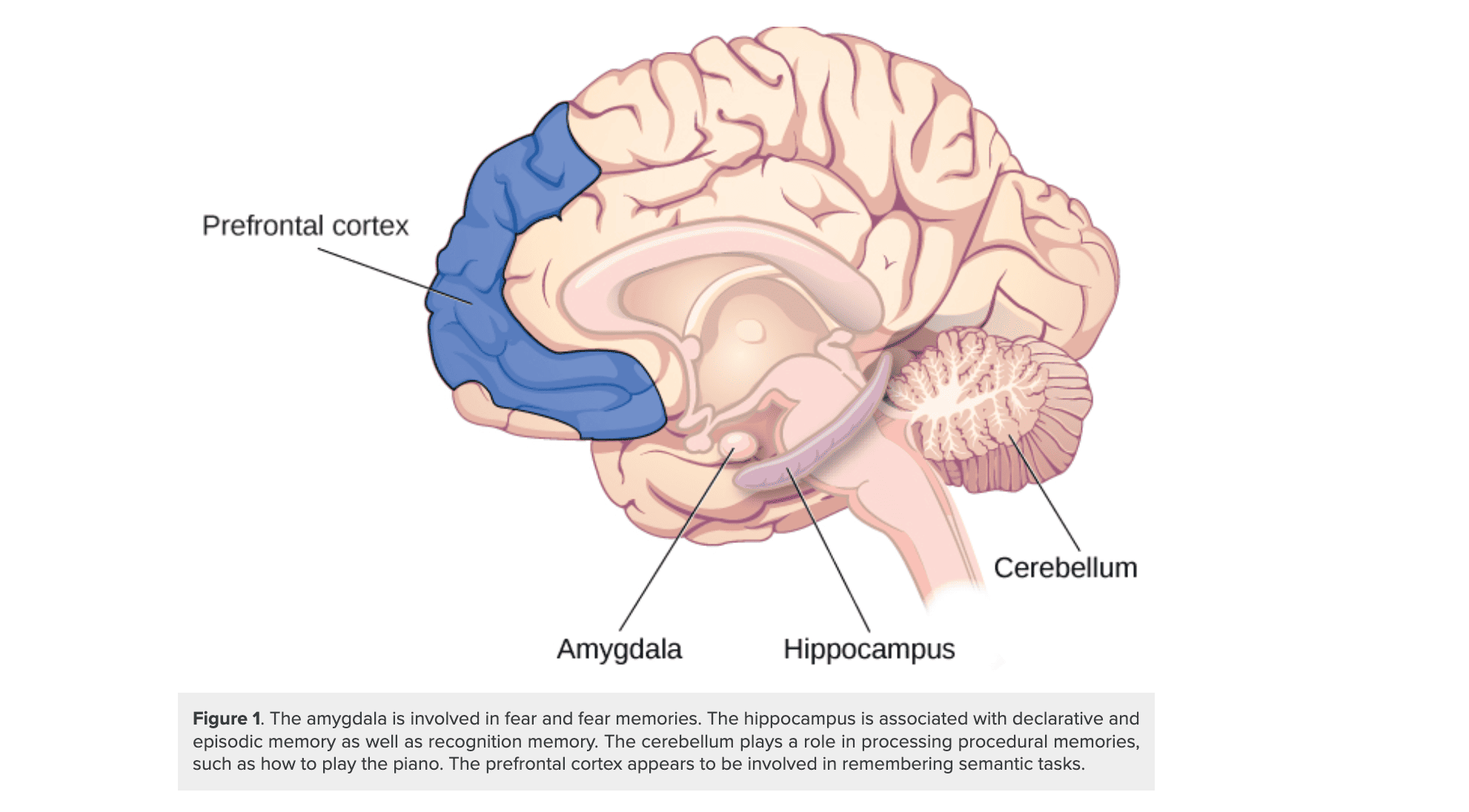Cognitive Secrets: The Science Behind Memory

Have you ever wondered how your brain manages to store crucial information, from the details of your first big project to the finer points of last week’s executive meeting? Join us on an enlightening journey through the sophisticated world of your brain and its memory capabilities. We’ll break it down insightfully and practically for your professional life.
Your Brain: The Ultimate Cognitive Asset
Let’s begin by understanding your brain, a remarkable organ weighing about three pounds that controls all your activities, thoughts, and emotions. Several key areas of the brain play crucial roles in memory.
The Hippocampus: The Brain’s Archivist
The hippocampus, a seahorse-shaped structure in the brain’s medial temporal lobe, is vital for forming long-term memories. This region is responsible for processing and consolidating new information and experiences into memories that can be retrieved later. Imagine the hippocampus as a discerning archivist carefully evaluating each new piece of information or experience, deciding whether it is significant enough to be stored for future reference or should be disregarded. This intricate process is essential for learning, recall, and overall cognitive function.
The Amygdala: Emotional Intelligence
The amygdala, a key part of the brain’s limbic system, plays a crucial role in processing emotions and encoding memories. When we encounter emotionally charged events, such as intense joy, fear, or anger, the amygdala acts as a mental highlighter, marking these experiences as particularly significant. Consequently, these emotionally impactful moments, like the triumphant closure of a major deal or the successful navigation of a crisis, leave a lasting imprint in our memory, making them deeply memorable.
The Prefrontal Cortex: Strategic Thinker
The prefrontal cortex, situated at the front of the brain, serves as the command center for complex cognitive processes such as decision-making, problem-solving, and strategic planning. Additionally, this region is instrumental in managing working memory, which acts as a short-term task organizer, aiding in the retention of immediate tasks and information, such as recalling a meeting agenda.
The Cerebellum: Master of Motor Skills
Nestled at the posterior part of your brain, the cerebellum is crucial in maintaining balance and coordinating movement. Beyond these functions, it also contributes to motor memory, enabling you to execute tasks such as typing or driving with remarkable fluidity and precision almost effortlessly. Through consistent practice, these motor skills become ingrained and instinctive.

With a grasp of the key brain areas, let’s delve into how memories are formed. The process comprises three stages: encoding, storage, and retrieval.
Encoding: Capturing Information
During the encoding phase, sensory organs like the eyes and ears receive and process information. The data is then transmitted to the brain, which is further processed by the hippocampus and other regions. This process is similar to inputting data into a computer, where the information is initially registered and stored for future use.
Storage: Organizing Information
After the encoding process, storing the information for future retrieval is essential. The hippocampus, a vital part of the brain, organizes and distributes memories across different brain regions. This phase can be likened to saving documents in specific folders on a computer to ensure efficient retrieval when needed.
Retrieval: Accessing Stored Information
Retrieval is a complex cognitive process that involves accessing stored information from memory when needed. The prefrontal cortex, a key part of the brain’s executive function, is vital in searching through the vast reservoir of mental files to pinpoint and retrieve the specific data required for a given task or situation. Effective encoding and storage of information in memory systems, such as semantic, episodic, or procedural memory, are critical factors that enhance the ease and accuracy of retrieval. When information is initially encoded and stored effectively, it becomes more readily accessible during retrieval, leading to improved cognitive performance and decision-making.
Practical Memory Insights for Professionals
Here are some detailed practical insights to enhance your cognitive performance by understanding how your brain handles memory:
- Optimize Cognitive Function: Regular exercise, adequate sleep, and a balanced diet are key to boosting memory and overall brain health. These practices support cognitive function and enhance your professional performance.
- Manage Information Overload: Managing vast amounts of information is crucial in the fast-paced business world. Prioritize critical information and use tools like digital note-taking and reminders to streamline memory management.
- Emotional Intelligence: Recognize the impact of emotions on memory. Positive reinforcement and stress management techniques can improve memory retention and retrieval.
- Continuous Learning: Regularly updating and refreshing your knowledge strengthens neural connections, making it easier to recall information. Engage in continuous professional development and lifelong learning.
Your brain is a sophisticated memory machine, tirelessly working to store and recall the information encountered in your professional life. By understanding its mechanisms and adopting strategies to support its function, you can enhance your cognitive performance and excel in the global business arena.
Stay Curious
Keep your brain engaged—it’s the key to maintaining a sharp mind and achieving professional excellence!
Check out our learning platform, Pathways, to stay sharp~!
For more insightful content and updates, please connect with me on LinkedIn.

Sources
Baddeley, A., Eysenck, M. W., & Anderson, M. C. (2014). Memory. Psychology Press.
Doyon, J., & Benali, H. (2005). Reorganization and plasticity in the adult brain during learning of motor skills. Current opinion in neurobiology, 15(2), 161–167. https://doi.org/10.1016/j.conb.2005.03.004
Eichenbaum H. (2004). Hippocampus: cognitive processes and neural representations that underlie declarative memory. Neuron, 44(1), 109–120. https://doi.org/10.1016/j.neuron.2004.08.028
Phelps E. A. (2006). Emotion and cognition: insights from studies of the human amygdala. Annual review of psychology, 57, 27–53. https://doi.org/10.1146/annurev.psych.56.091103.070234
Miller, E. K., & Cohen, J. D. (2001). An integrative theory of prefrontal cortex function. Annual review of neuroscience, 24, 167–202. https://doi.org/10.1146/annurev.neuro.24.1.167
Ratey, J. J., & Hagerman, E. (2008). Spark: The Revolutionary New Science of Exercise and the Brain. Little, Brown.



